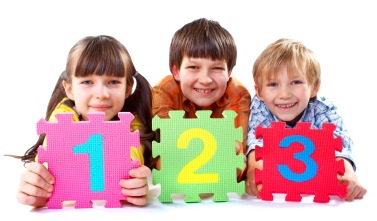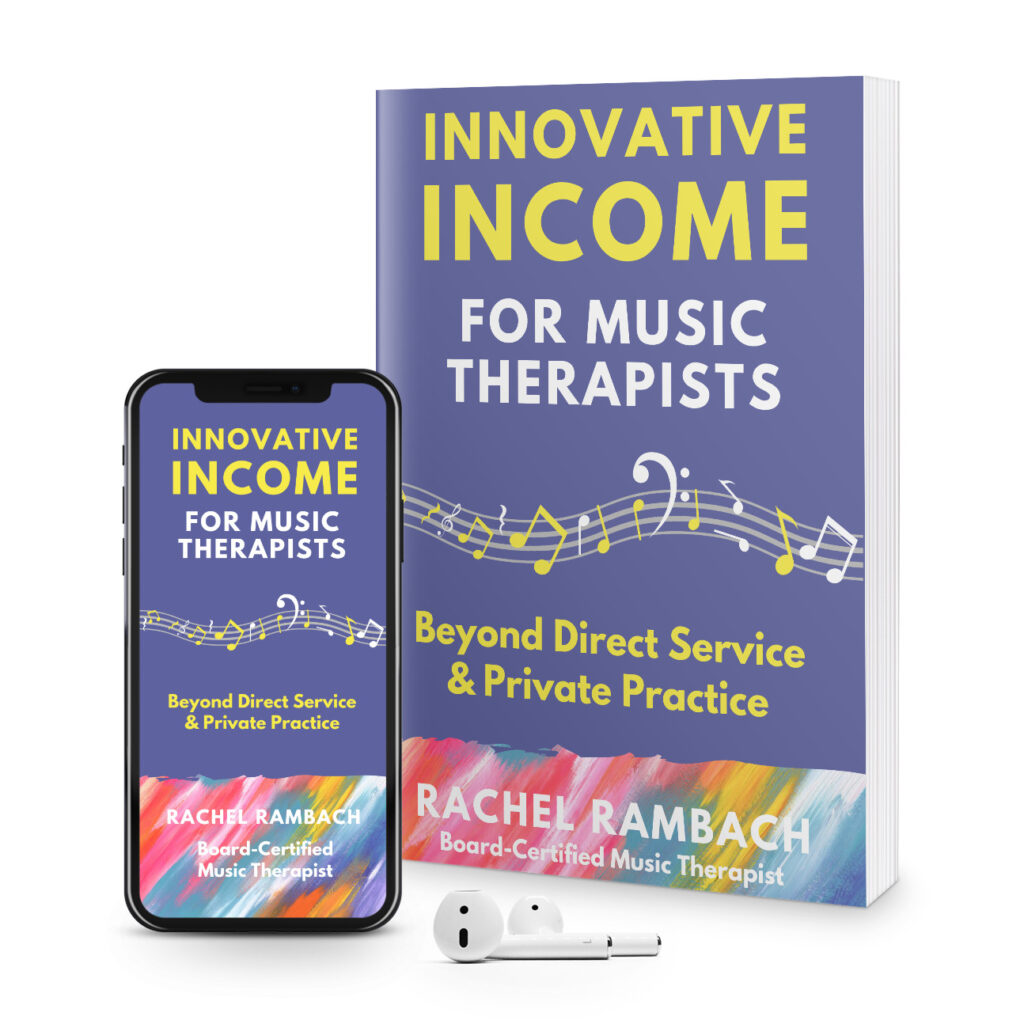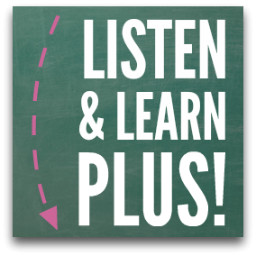Sunday Singalong: Boogie Baby
This song was a staple right out of internship, when my repertoire was still small and I hadn’t yet thrown myself into heavy-duty songwriting. So my students heard it a LOT that first year, and it climbed to the top of the “hits list” right away.
But as my repertoire grew and most of the songs I used in music therapy sessions were my own, “Boogie Baby” fell by the wayside. In fact, during one class’s Total Request Live edition of music therapy, we all racked our brains but for the life of us, could not think of the song everyone used to love so much.
They finally did think of it, and then the following week, another class made a list of “Rachel’s Hits” for a CD to play in the classroom. Sure enough, “Boogie Baby” was on that list! Since it came up twice in such a short time span, I figured it was time to feature the song in a video.
Are you familiar with this fun little tune? If so, maybe you can clue me in on its origins, since I heard it for the first (and last) time from my internship supervisor. I think it will be making an appearance in some of my upcoming sessions!






